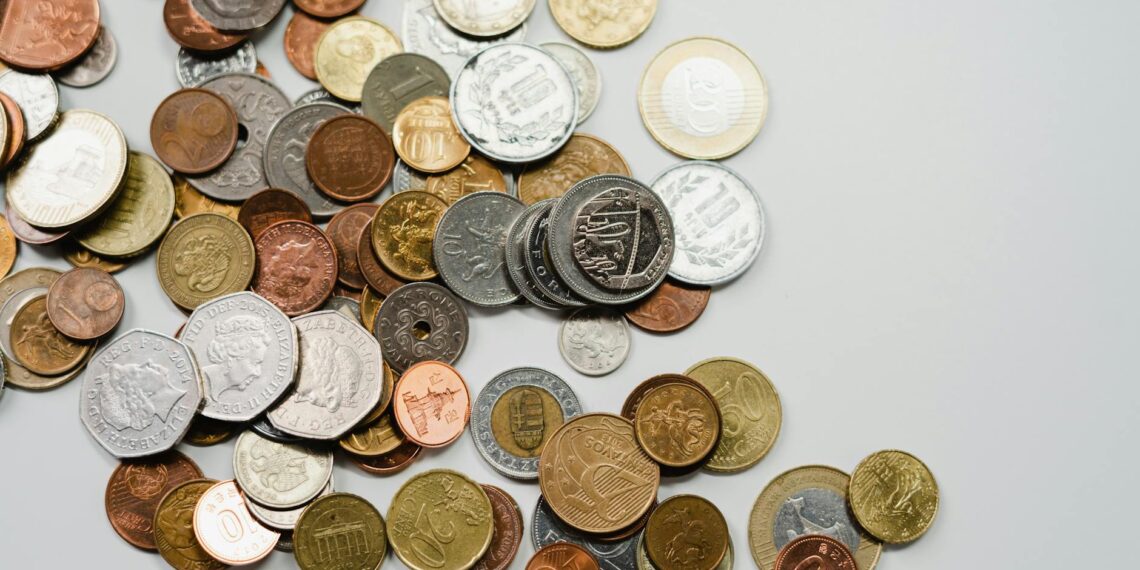The value of a 1776 Continental Currency coin, also known as a Continental Dollar, varies significantly depending on several key factors:
- Metal Composition: 1776 Continental Dollars were struck in pewter, brass, and silver. Silver coins are exceedingly rare and thus fetch the highest prices. Pewter coins are the most common variety. Brass coins fall somewhere in between in terms of rarity and value.
- Variety/Inscription: Several varieties exist based on the inscription on the coin:
– “CURENCY” vs. “CURRENCY”: Some coins have the word “Currency” misspelled as “Curency” or “Currencey”.
– “EG FECIT”: Some coins feature the inscription “EG FECIT”, possibly referring to Elisha Gallaudet, the engraver.
– Ornamented Date: There’s also a variety known as the Ornamental or Floriated Cross variety.
- Condition/Grade: The state of preservation dramatically impacts the value. A coin in mint condition (Uncirculated or Mint State) will be worth far more than a circulated or damaged coin. Professional coin grading services like PCGS and NGC assign grades (using the Sheldon Scale) that help assess a coin’s condition and authenticity.
- An ungraded 1776 Continental Currency Dollar in Pewter with the “EG Fecit” variety was listed for $15,000.
- A professionally graded ([MS64) 1776 Continental Dollar] in Pewter with the “EG FECIT” variety sold for $146,875 at auction.
- A professionally graded (MS64) 1776 Continental Dollar in Pewter with the “CURRENCY” variety was listed for $200,000.
- A professionally graded (MS63) 1776 Continental Dollar in Gold was listed for $190,600.
- Silver versions are exceedingly rare, with only two known examples, and have sold for well over a million dollars.
- Authenticity: Due to their high value, counterfeit 1776 Continental Dollars are common. It’s essential to have any potential purchase authenticated by a reputable professional grading service.
- Market Fluctuations: Like any collectible, the value of 1776 Continental Dollars can fluctuate based on market demand and current trends.
To get an accurate valuation of a specific 1776 Continental Dollar, it is crucial to consult with a professional coin appraiser or a reputable numismatic expert who can assess its condition, variety, and authenticity.











How to tell if a 1776 continental currency coin is real?
Fakes also have an enhanced graininess on the surface and mushy details that is nowhere close to the workmanship and features in a real 1776 continental dollar.
Most Replicas have the word “COPY” or “REPLICA” engraved on the reverse die of the coin.
Is continental currency worth anything?
I can help with that. While the notes promised payment to their bearers and were redeemed with the taxes collected by the individual colonies, the notes became virtually worthless after runaway inflation set in, causing many in the public to lose confidence in paper currency, giving rise to the phrase not worth a Continental.
What is the continental Curency 1776 coin?
From my experience, The Continental Currency dollar coin (also known as Continental dollar coin, Fugio dollar, or Franklin dollar) was the first pattern coin struck for the United States. The coins, which were designed by Benjamin Franklin, were minted in 1776 and examples were made on pewter, brass, and silver planchets.